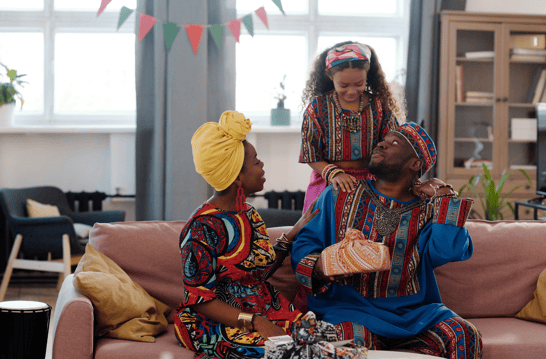Kwanzaa is a 7-day holiday that focuses on highlighting African culture and heritage. It was started by Dr. Maulana Karenga in 1966 as a way to bring African Americans together and stay connected with their roots during a trying time for Black people in America.
Taking inspiration from a variety of African harvest celebrations, the name Kwanzaa was derived from the phrase, “Matunda ya kwanza,” which means “first fruits” in Swahili. Every year, the holiday is celebrated from Dec. 26 to Jan. 1.
Throughout the week-long celebration, each day has an overall message that aligns with Kwanzaa’s seven principles, known as Nguzo Saba. Families will celebrate Kwanzaa in their own ways, but celebrations often include lighting a candle on the Kinara (candleholder), song and dance, storytelling, and a traditional African feast.
The seven principles are as followed:
Day 1: Umoja (Unity)
Day 2: Kujichagulia (Self-determination)
Day 3: Ujima (Collective work and responsibility)
Day 4: Ujamaa (Cooperative economics)
Day 5: Nia (Purpose)
Day 6: Kuumba (Creativity)
Day 7: Imani (Faith)
Many African symbols are also incorporated into the holiday. Those celebrate will often wear traditional African print clothing, and create a Kwanza set up that includes a straw mat, also known as Mkeka, the Kinara, a unity cup and fruits and vegetables to represent the harvest aspect of Kwanzaa.
On the last day, families get together and enjoy a feast known as Karamu. Often, this gathering will also include dancing, storytelling, African drumming and an exchange of gifts as a form of gratitude and overall appreciation for promoting the seven principles.
Kwanzaa not only brings the community together but also notes the important Pan African values that mark the past, present and future of this beautiful culture.
For those who celebrate, happy Kwanzaa!






Leave a Comment